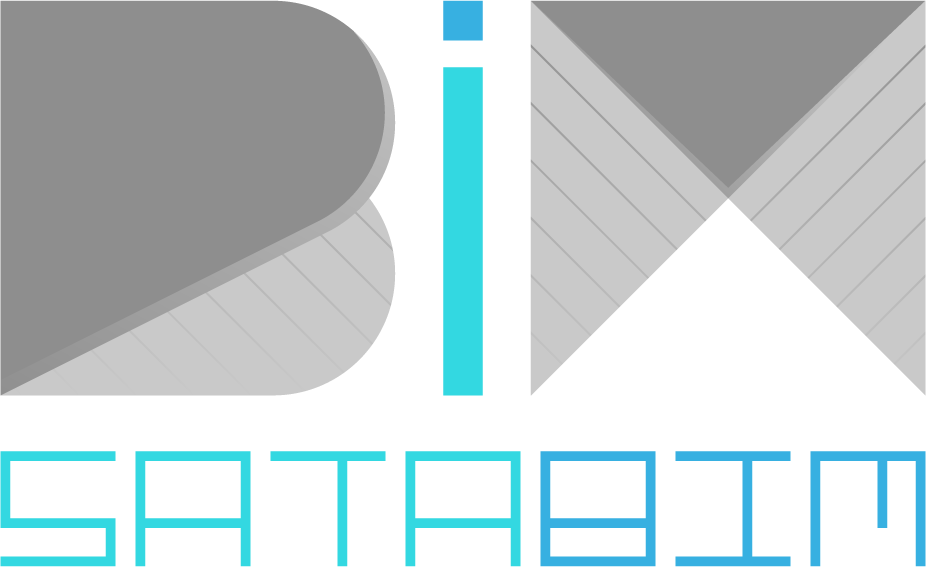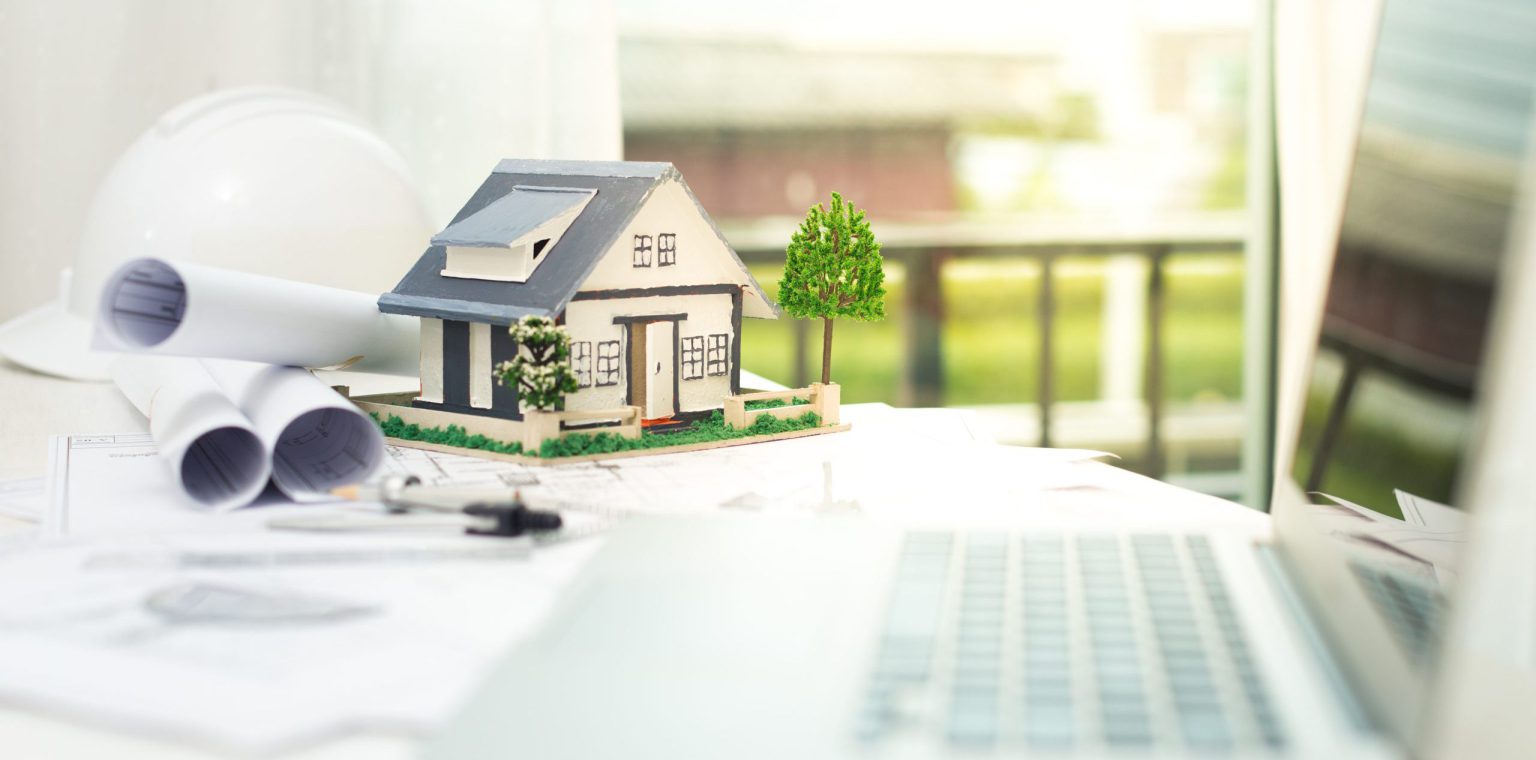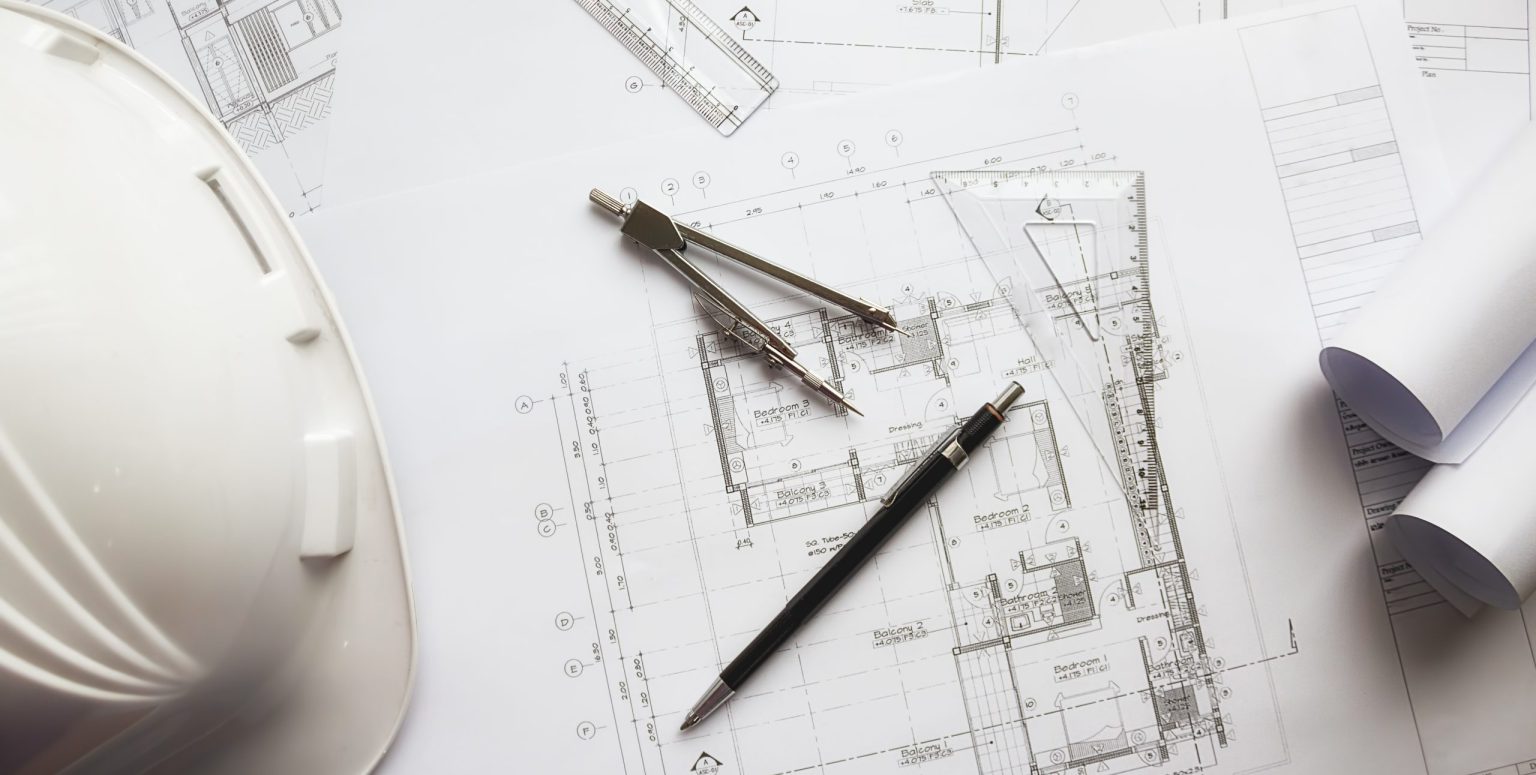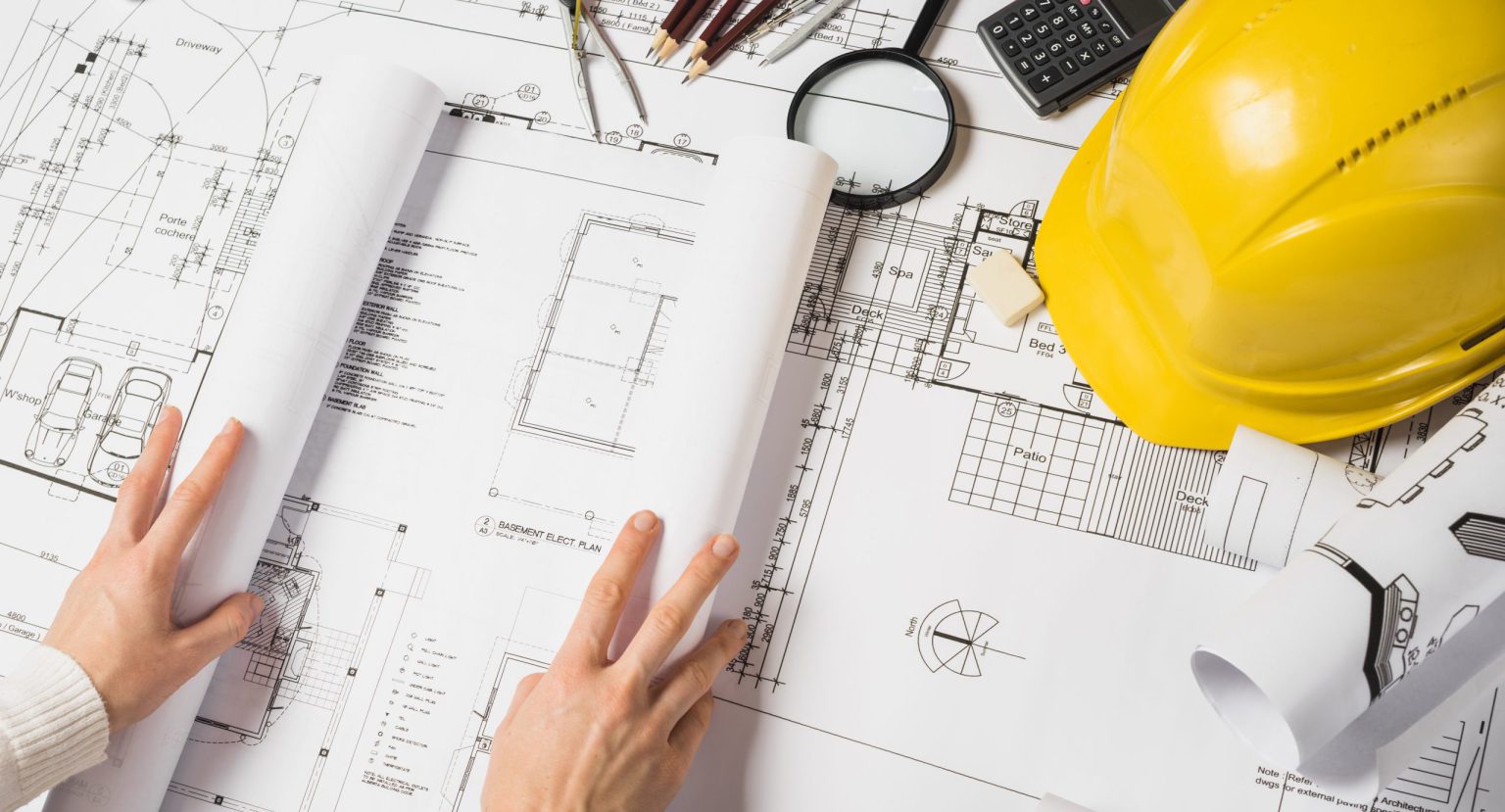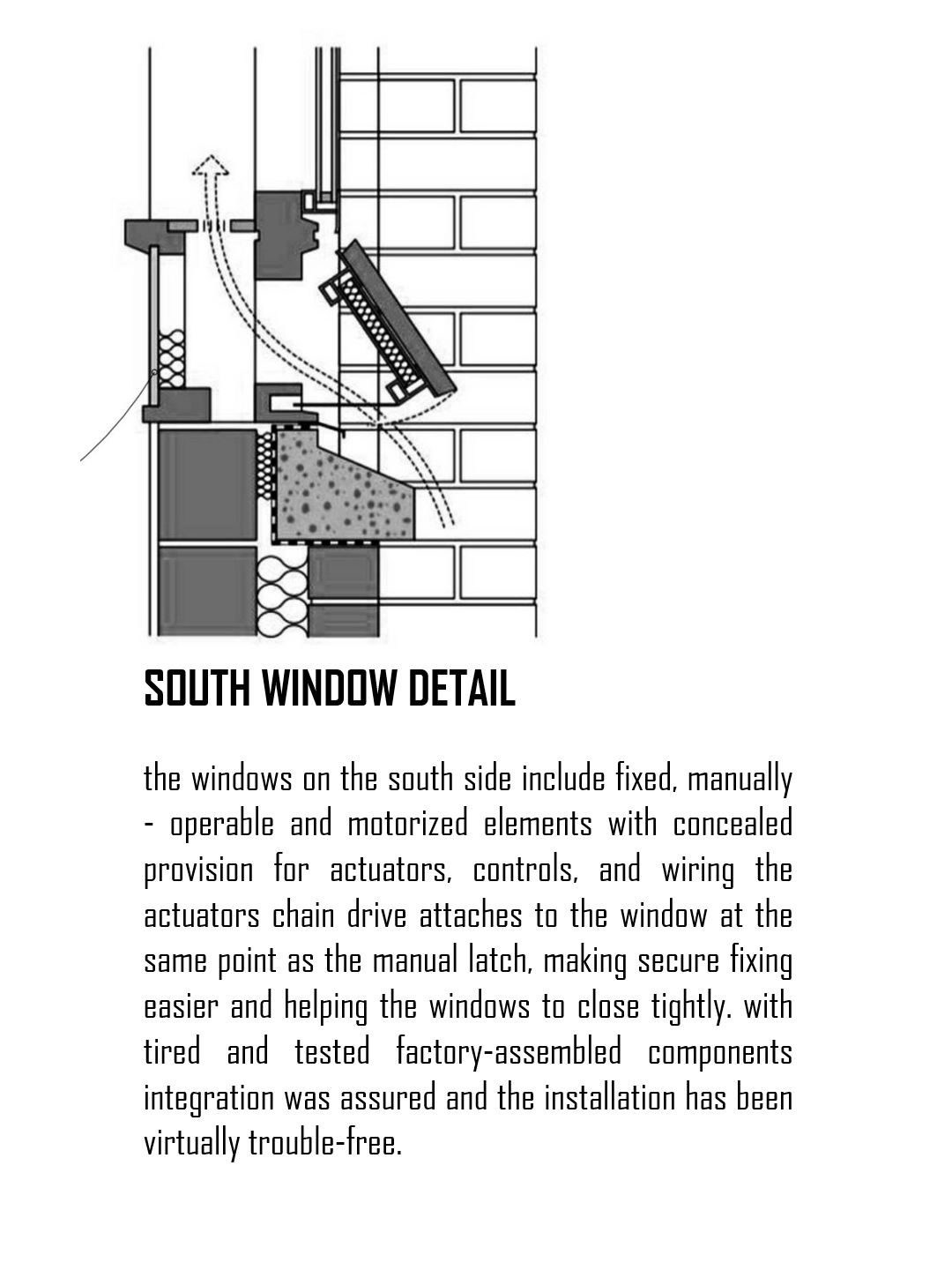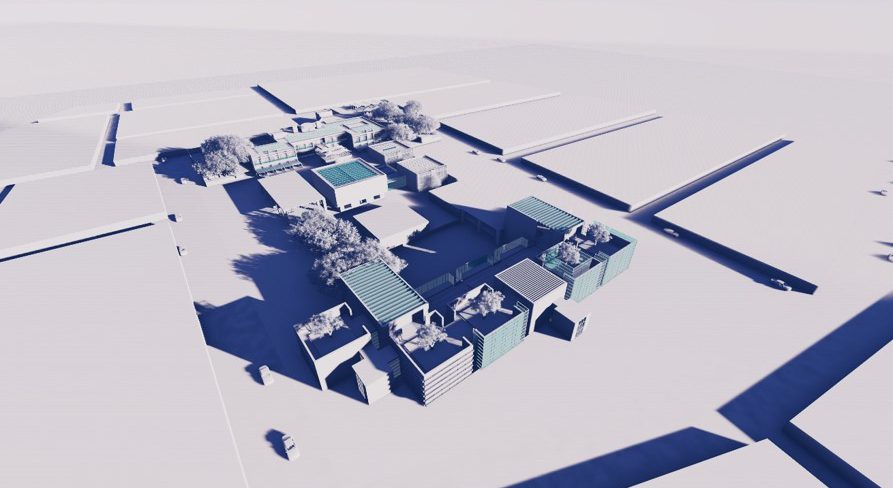
It is time to test options and get a general idea of the look and feel. Also, the floor plans and shape of the project will begin to take form, but the specifics about materials and details will come later. The Schematic Design phase includes several meetings where we present ideas to our clients using images of other projects, hand sketches, and models to help visualize the size, shape, and relationship of spaces to each other. We listen and observe your reactions, then refine the ideas according to your feedback until we reach an agreed-upon design direction to develop further in the following phases.
